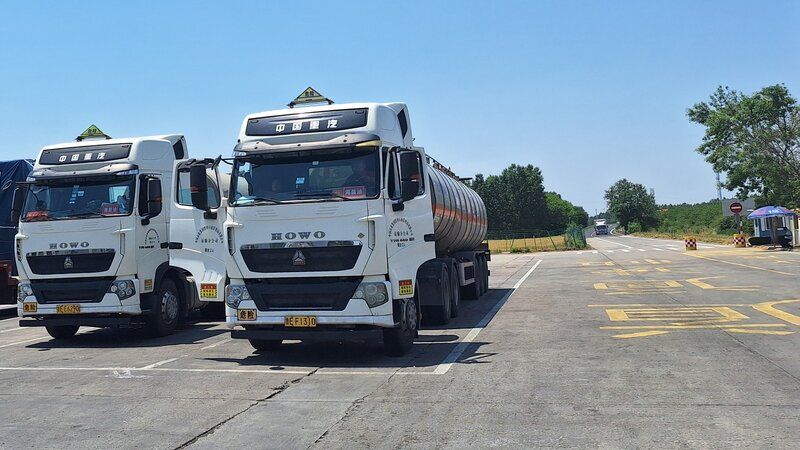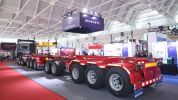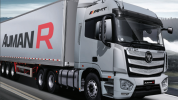The Sudden Arrival of Chinese Trucks in Europe

The new trucks launched by established European OEMs at this year’s IAA Transportation were anticipated, but what drew considerable attention was the entrance of Chinese truck brands. Taking up significant space, several Chinese brands were on display, including one that is becoming increasingly recognized due to the growing presence of its passenger cars on German roads.
The design of the Chinese trucks visibly differs from the European brands. However, their technological advancements have prompted quiet discussions among attendees. These trucks, once considered less refined compared to their European counterparts, have clearly progressed. The question now arises: have Chinese trucks reached a level where they can compete directly with European brands? Is this a new contender making a serious bid for market share in Europe?
In recent conversations, some have asked why Chinese trucks have taken so long to enter the European market. My response is that the domestic Chinese market is vast, reducing the need for earlier exports. By contrast, brands from smaller markets, like Sweden, quickly recognized that they needed to sell abroad due to limited local demand. Chinese-made trucks have been active in Southeast Asia for over a decade, particularly in countries like Malaysia. It’s possible that these markets served as testing grounds, helping to refine the trucks for more competitive regions like Europe.
Interestingly, a Tesla Semi was also showcased at IAA Transportation, yet it didn’t generate the same buzz as the Chinese trucks. The confidence displayed by these new arrivals suggests they are serious about establishing a foothold.
It’s worth noting that many European manufacturers have joint ventures with Chinese truck makers. These partnerships have facilitated knowledge sharing, blurring the lines between competition and collaboration. This exchange has likely contributed to the rapid advancement of Chinese brands. In some cases, there have been concerns about intellectual property issues, but the reality is that Chinese manufacturers now offer technologically advanced portfolios. One could argue that Europe’s collaborations helped fast-track the rise of these new players.
Another key factor aiding the entrance of Chinese trucks into Europe is the Belt and Road Initiative, which has extended into the continent. If Southeast Asian infrastructure projects, such as Malaysia’s East Coast Railway Link, are any indication, Chinese trucks could soon become a familiar sight on European construction sites, supported by Chinese infrastructure projects. There are concerns, however, that these projects may offer limited economic benefits to local economies, as Chinese conglomerates tend to supply not only the vehicles but also labor and expertise.
While I haven’t had the chance to extensively test-drive the trucks, my brief experiences indicate that Chinese trucks have made significant strides in both quality and capability. Shifts in political will also play a role in this transformation. For instance, when China aimed to clean up Beijing’s air quality ahead of the Olympics, it drove changes in the transport industry, leading to the widespread adoption of electric and hydrogen-powered trucks and buses. In comparison, countries like Germany may face more political obstacles in advancing similar green initiatives. The Chinese trucks now entering the market might offer solutions that align better with the growing demand for greener, more sustainable transportation.








